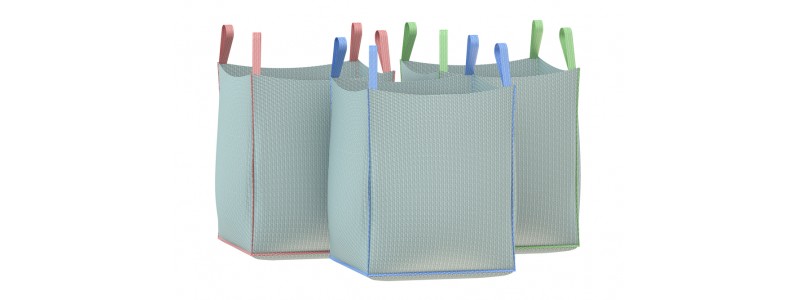
Every year, according to industry statistics, 500 million FIBC bulk bags are used all over the world to transport a wide range of solid materials that are used every day.
The leading governing body the FIBCA wants to ensure that everyone who is using woven polypropylene sacks understands how to use them safely. This is why they have drawn up essential safety guidelines for all bulk containers. For our latest blog, Centurion Packaging will examine the guidelines in greater detail.
Storage and Transportation of FIBCs
When using a forklift truck, you will need to ensure in advance that it is designed for use with rubble sacks.
Here are six critical points to remember -
- Ensure all pallets being used are free of nails and protrusions and are the correct size. This is to ensure it will not harm the FIBC or it will hang over the side of the pallet.
- Avoid sudden lifts and stops during transportation.
- Secure your bulk bags during transportation too.
- Only stack your woven polypropylene sacks properly, using a pyramid or supported stacking formation with walls on three sides to ensure stability.
- Never approach or attempt to repair stacked bulk bags before first reporting the incident.
- Protect your bulk containers at a safe facility free from any moisture and water content that could damage your bags. You need to protect them from direct sunlight plus rain or snow. If they do have to be stored outside, ensure they are covered up to protect them from the elements.
The shelf life of FIBCs can differ, and Centurion Packaging would recommend regular testing of the sacks when compared to newer bags to see if they have similar performance. If you need advice about storage methods, we can also help.
Get in Touch With Any Questions
If you have any questions about woven polypropylene sacks, please do not hesitate to contact Centurion Packaging.
We supply bulk containers to a wide range of industries including agriculture, food processing, recycling plus building and construction.

 5% OFF YOUR FIRST ORDER OVER £50! JUST USE COUPON “MY1STORDER” AT THE CHECKOUT FREE NEXT DAY DELIVERY FOR MOST UK MAINLAND ORDERS, PLEASE SEE T&C'S
5% OFF YOUR FIRST ORDER OVER £50! JUST USE COUPON “MY1STORDER” AT THE CHECKOUT FREE NEXT DAY DELIVERY FOR MOST UK MAINLAND ORDERS, PLEASE SEE T&C'S
.jpg)